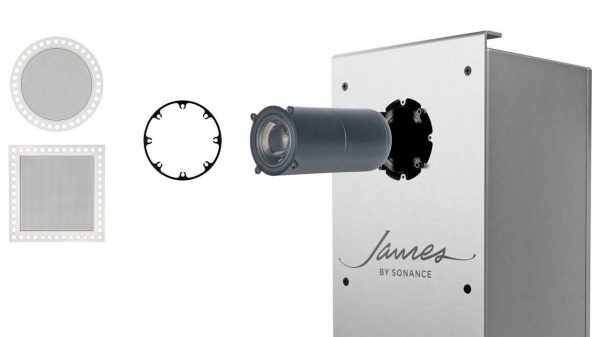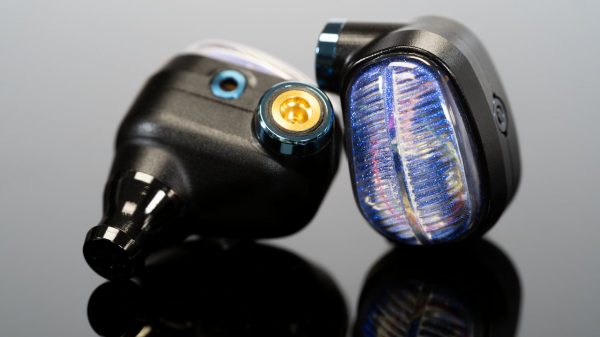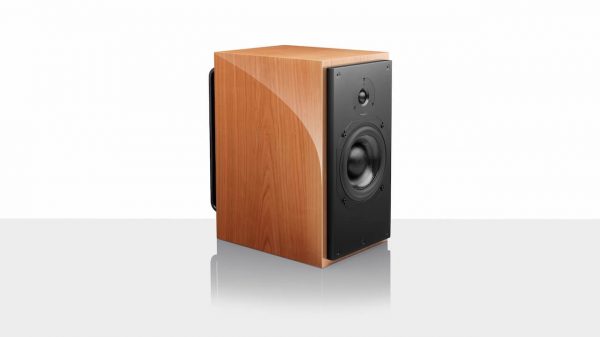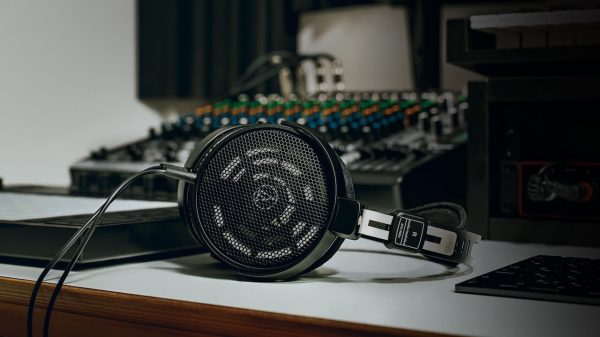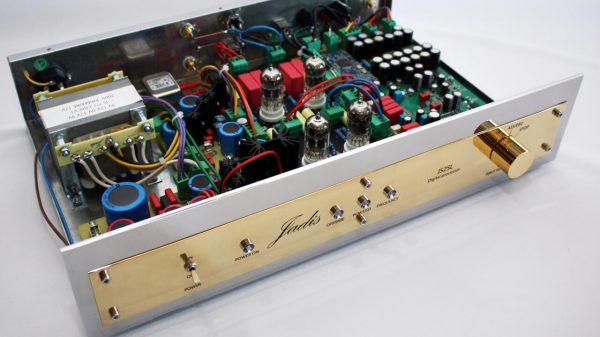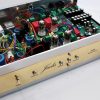Who runs Bartertown? Jason Stoddard and Mike Moffat clearly. Very few companies would have the audacity to offer 3 different versions of the same DAC into the marketplace and let something crazy like the free market sort it out — but very companies are like Schiit Audio. The Schiit Yggdrasil OG DAC and two other variants (unrelated to the Delta) are here and it’s up to you to decide which one becomes a semi-permanent product in the lineup.
Prepare to be slightly confused but not really if you’re familiar with Schiit’s methodology.
The best-selling Schiit Yggdrasil DAC was due for a refresh but it’s intriguing how Schiit Audio is offering 3 versions; the aforementioned Yggdrasil OG, Less is More, and More is Less versions.
I’m sure that’s confusing as hell but it really isn’t.
Jason Stoddard and Mike Moffat had the following to say about the roll-out.
“Schiit Audio are announcing today the availability of two new Yggdrasil variants, or “flavors,” as well as re-affirming the ongoing availability of the current Yggdrasil Analog 2. One new variant (Less is More) is the lowest-cost new-production Yggdrasil ever offered.
Another new variant (More is Less) is the highest-measured-performance multibit DAC based on an integrated D/A converter, besting all “golden age” multibit converters from the past.
All 3 versions will be sold concurrently. — until consumers stop buying enough of either and they will then vanish.

“Once you reach this level of performance, it’s really about system synergy, or ‘flavors,’” said Mike Moffat, Schiit Audio’s co-founder and head of digital development. “This is based on doing 10 different versions of the Yggdrasil’s analog boards, evaluating them in Yggdrasil’s modular architecture, and getting feedback from early listeners. Due to this, we decided to introduce multiple Yggy flavors, rather than mandating a single upgrade path.”
Moffat acknowledges this decision goes against standard industry practice of proclaiming the new model as an unquestioned “great leap forward,” or “birth of a new world,” but defends the decision with the fact that audio frequently doesn’t have linear paths of improvement.

“We hear from people using 20- or 30-year-old DACs, who think they are better than new models,” Jason Stoddard, Mike’s business partner, added. “There are frequent ‘rediscoveries’ of older products—legendary Class-A amplifiers, specific tube preamps and power amps…and of course, turntables and tubes. The idea that the new model is perfect for everyone may not be, well, entirely grounded in reality.” With the introduction of the new models, the Yggdrasil lineup looks like this:
Yggdrasil Less is More ($2,199)
The lowest cost new-production Yggdrasil ever. The most affordable Yggdrasil uses four TI DAC8812 16-bit D/A converters to deliver even better measured performance than the original. Many think this is the best sounding flavor, hence less bits, more better…less is more.
Yggdrasil More is Less ($2,349)
The best-measuring integrated multibit DAC, ever. This Yggy uses four TI DAC11001 20-bit D/A converters. If you’re one who thinks multibit DACs can’t measure well, this one’s for you—approaching -120dB THD+N. It takes all the records of golden-age parts like the PCM63 and nukes them from orbit.
Yggdrasil OG ($2,499)
The Yggdrasil you’ve loved for years, same as it ever was. The original Yggdrasil with four AD5791 20-bit D/A converters remains in the line, because it provides an exceptionally engaging performance.
All new Yggdrasil models are completely modular and fully upgradable, and include Schiit’s Unison USB input as standard. In addition, all current Yggdrasils, including GS and Analog 1, can be upgraded to any flavor, without having to come back to the factory.
Upgrade costs are $450 for the Less is More, $550 for More is Less, and $750 for OG. However, availability of upgrades may be temporarily limited, due to short supply of critical components.
All new Yggdrasil models are fully DC coupled and include a choke-input, shunt-regulated power supply. Less is More and More is Less use integrated differential amplification and summing after the D/A converter, while OG uses discrete buffers.
For more information: Schiit Audio



